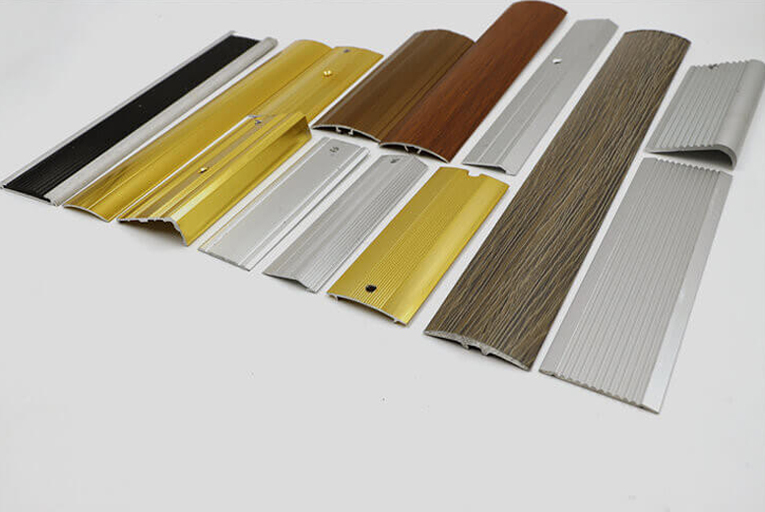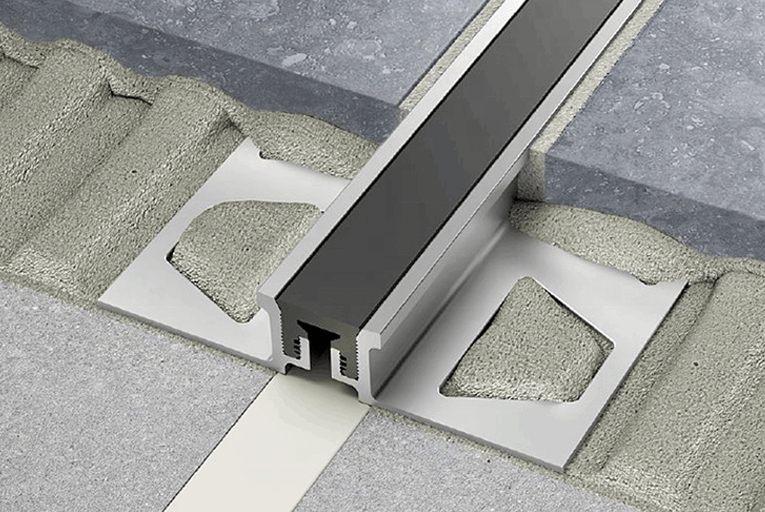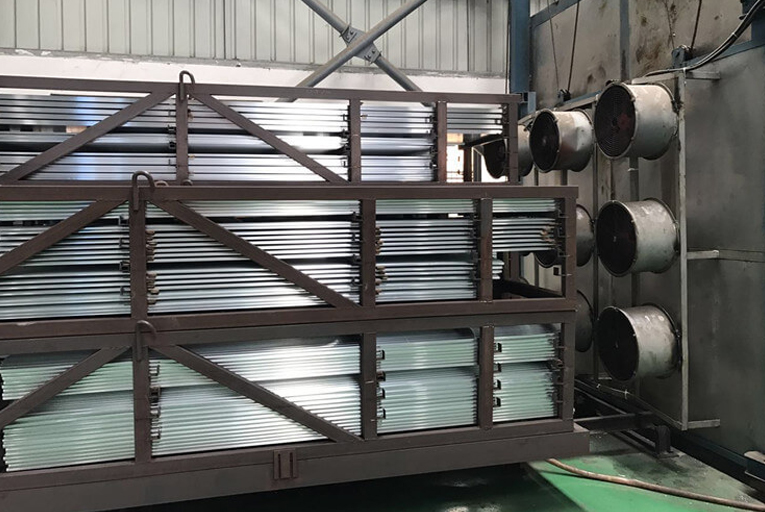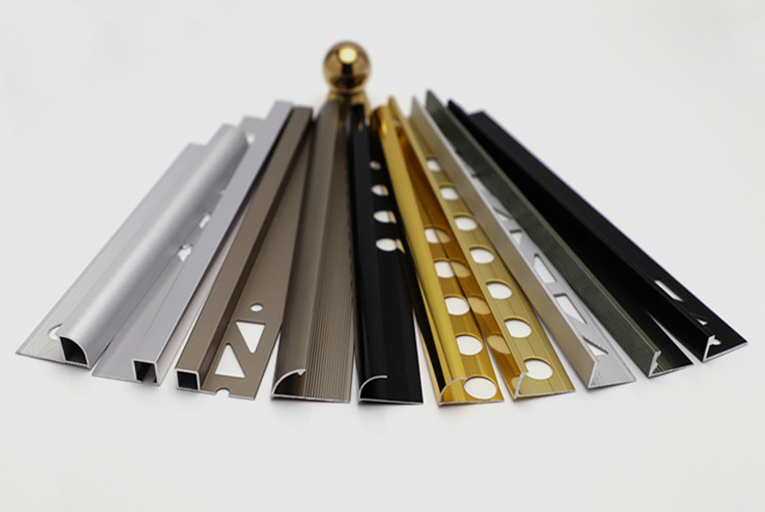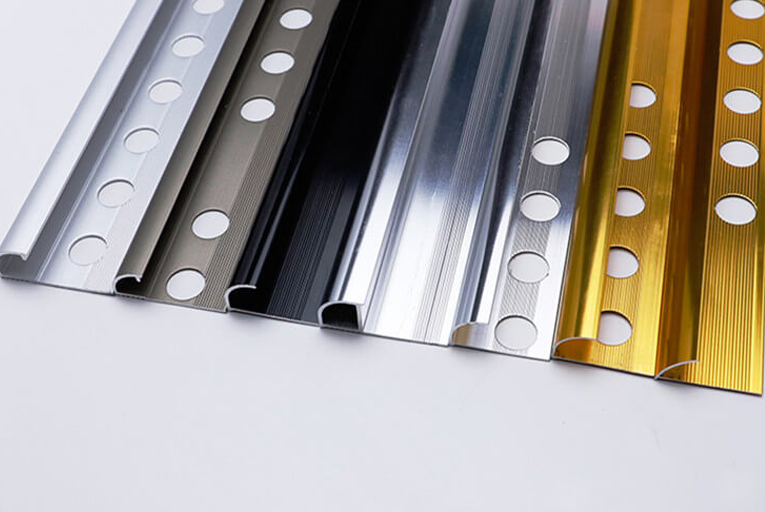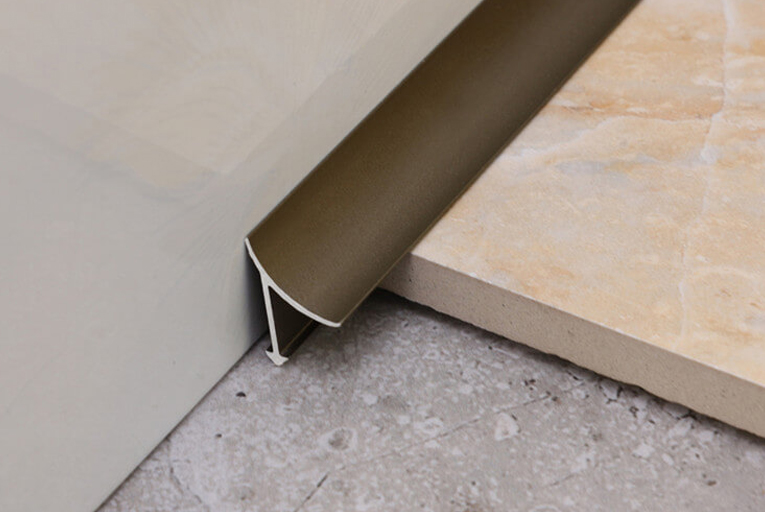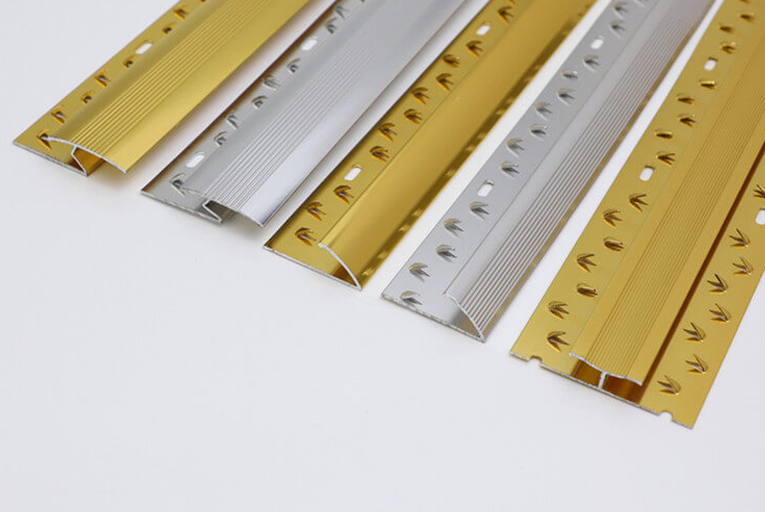Seamless Integration- Incorporating Internal Corner Tile Trim Seamlessly
Seamless Integration: Incorporating Internal Corner Tile Trim Seamlessly provides an in-depth examination of the techniques and benefits of seamlessly incorporating internal corner tile trims into tiled surfaces. This comprehensive guide is an invaluable resource for homeowners, contractors, and designers seeking to achieve a polished and aesthetically pleasing finish in their tiling projects.
Benefits of Seamless Corner Transitions
Enhanced Aesthetics: Internal corner tile trims eliminate unsightly gaps and sharp edges, creating a smooth and uninterrupted transition between tiled surfaces. This enhances the overall appearance of the tiled area, making it visually appealing and cohesive.
Improved Durability: Seamless corner transitions prevent the accumulation of dirt and moisture in gaps, reducing the risk of mold and mildew growth and ensuring the longevity of the tiled surface.
Simplified Cleaning: The absence of gaps makes cleaning easier and more efficient, as dirt and debris cannot become trapped in hidden corners.
Types of Internal Corner Tile Trims
Bullnose Trim: Bullnose trims feature a rounded edge that fits into the internal corner, creating a smooth and continuous transition. They are available in various materials, including ceramic, porcelain, and metal.
Schluter Trim: Schluter trims are specialized profiles designed to provide a water-tight seal and a clean, professional finish. They are commonly used in areas with high moisture exposure, such as bathrooms and showers.
Mitered Corners: Mitering is a technique where two tiles are cut at a 45-degree angle and joined together to create an internal corner. This method requires precise cutting and installation, but it results in a seamless and elegant transition.
Installation Techniques
Thin-Set Mortar: Thin-set mortar is applied to the back of the tile trim and then pressed into the internal corner. It provides a strong and durable bond, ensuring the stability of the trim.
Adhesive: Adhesive can also be used to install internal corner tile trims. It is applied to the back of the trim and then pressed into place, creating a secure hold.
Mechanical Fasteners: Mechanical fasteners, such as screws or nails, can be used to provide additional support for internal corner tile trims in heavy-traffic areas or where there is significant exposure to moisture.
Conclusion
Seamless Integration: Incorporating Internal Corner Tile Trim Seamlessly provides a comprehensive overview of the benefits, types, and installation techniques for internal corner tile trims. By incorporating these trims into your tiling projects, you can achieve a polished and professional finish that enhances the aesthetics, durability, and ease of cleaning of your tiled surfaces.
-
The 6 Hottest Tile Trim Solutions for 2021
2022-02-09 -
How to Install Tile Trims Line?
2022-02-09 -
Difference Between Sandblasting and Anodizing Surface Treatment of Aluminum Tile Trim
2022-02-09 -
The Different Uses of Tile Outside Corner Edging Trim and Inside Corner Edging Trim
2022-02-09 -
The Most Popular 5 Different Materials of Tile Trim Line
2022-02-09 -
What is Carpet Cover Trim?
2022-02-09
